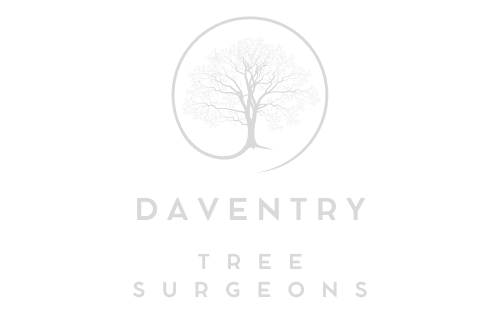Tree Crown Reduction: Working With Trees in Urban Settings
Introduction: Managing trees in urban environments presents unique challenges and considerations, especially regarding tree crown reduction. At Daventry Tree Surgeons, we understand the importance of preserving trees while ensuring urban landscapes’ safety and aesthetic appeal. This blog post explores the strategies and benefits of tree crown reduction in urban settings, providing essential insights for effective tree care management.
Challenges of Urban Tree Management
Urban trees often face several challenges that can impact their health and longevity:
- Limited Space: Trees in urban areas may have restricted root space and canopy clearance due to infrastructure, buildings, and other urban features.
- Environmental Stress: Pollution, soil compaction, and restricted root zones can stress urban trees, making them more susceptible to diseases, pests, and poor growth.
- Safety Concerns: Overgrown tree canopies can harm pedestrians, vehicles, and nearby structures during storms or high winds.
- Aesthetic Maintenance: Maintaining the aesthetic appeal of trees in urban landscapes is crucial for enhancing property values and urban green spaces.
Importance of Tree Crown Reduction in Urban Areas
1. Managing Tree Size and Growth
Tree crown reduction is an effective technique for managing tree size and growth in urban environments. By selectively pruning branches and reducing canopy density, arborists can control the tree’s overall size while preserving its natural form. This helps mitigate risks associated with overgrown canopies and ensures adequate clearance from buildings and infrastructure.
2. Enhancing Safety
Reducing the crown of urban trees improves safety by reducing branch failure and falling debris risk. Pruning removes dead, diseased, or structurally weak branches that pose hazards to pedestrians, vehicles, and nearby properties. Properly pruned trees are less likely to cause damage during severe weather events, contributing to public safety in urban settings.
3. Improving Tree Health
Crown reduction promotes the health and vitality of urban trees by improving light penetration and air circulation within the canopy. Increased sunlight exposure stimulates photosynthesis and enhances overall tree growth. Improved air circulation reduces the risk of fungal diseases and pest infestations, common in densely populated urban areas.
4. Preserving Urban Green Spaces
Well-maintained trees contribute to urban green spaces’ aesthetic appeal and environmental quality. By implementing crown reduction strategies, arborists can preserve trees’ natural beauty while ensuring they complement their urban surroundings. Urban green spaces provide numerous benefits, including shade, wildlife habitat, and temperature regulation.
Strategies for Effective Crown Reduction in Urban Settings
1. Conducting Site Assessments
Before initiating crown reduction, conduct a thorough site assessment to evaluate the tree’s health, structure, and surrounding environment. Identify potential hazards, such as overhead power lines or nearby buildings that may impact pruning operations.
2. Using Proper Pruning Techniques
Use correct pruning techniques, such as making clean cuts outside the branch collar to promote rapid healing. Avoid topping or indiscriminate pruning, which can weaken the tree and compromise health.
3. Gradual Pruning Approach
Implement crown reduction gradually over several years, especially for large or mature trees. This approach minimises stress on the tree and allows for gradual adjustment to its new canopy size.
4. Consulting with Arboriculture Experts
Engage the expertise of qualified arborists, like those at Daventry Tree Surgeons, for professional advice and services. Arborists can provide tailored recommendations based on the specific needs of urban trees and ensure compliance with local regulations.
Conclusion: Tree crown reduction is crucial in effectively managing urban trees balancing safety, health, and aesthetic considerations. By working with experienced arborists and employing appropriate pruning techniques, urban areas can maintain thriving green spaces while enhancing public safety and environmental quality.
Call us on: 01327 225 195
Click here to find out more about Daventry Tree Surgeons
Click here to complete our contact form and see how we can help you with your tree’s needs.

